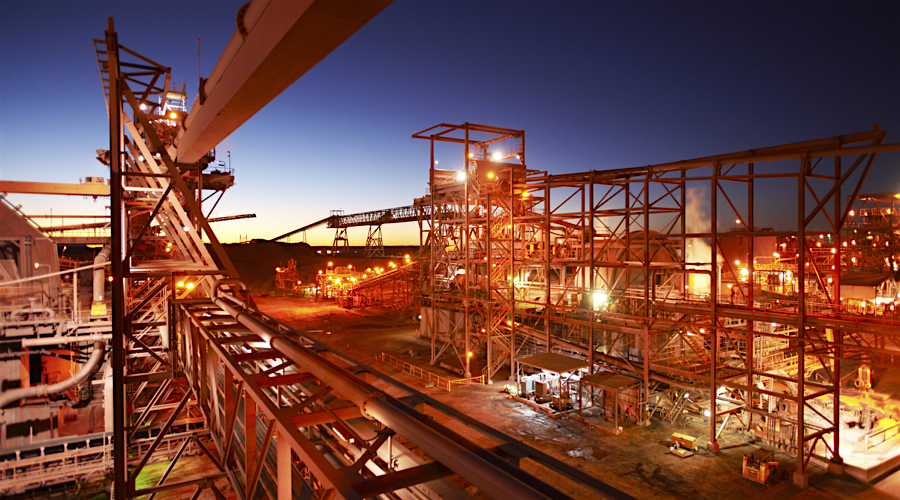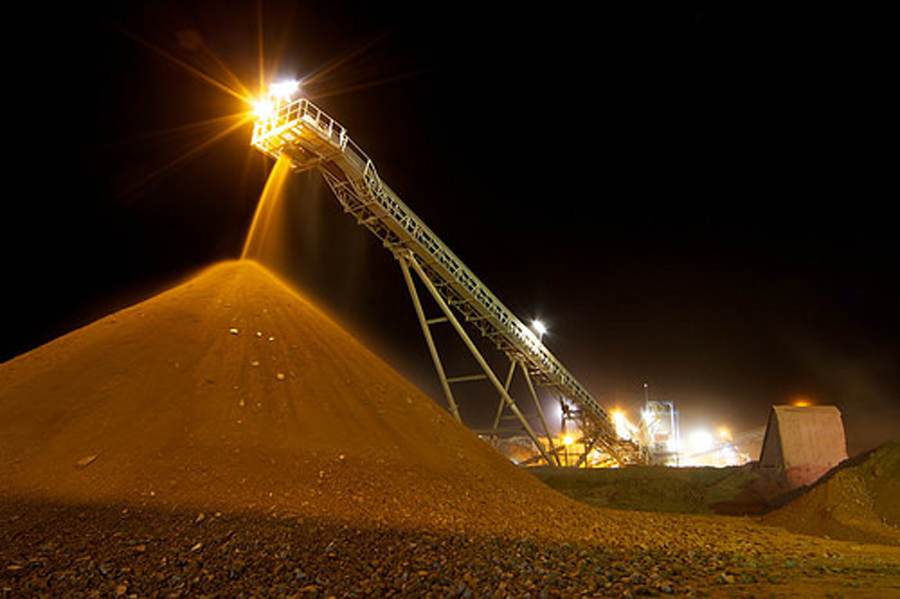BHP presses for cheaper power ahead of Olympic Dam mine expansion

BHP Billiton is looking for ways to shore up power supply and bring down power costs at its Olympic Dam copper mine in Australia, as it plans to expand following a string of electrical outages, the mine’s head said on Friday.
The mine has been badly hit by an energy crisis in Australia stoked by the rapid rise of wind power and closure of coal-fired power plants. This has destabilised the national grid and soaring natural gas prices have driven up power tariffs.
A blackout last year forced Olympic Dam to shut for two weeks, costing the company $105 million. Over the past year, rising power bills have added around $30 million to its costs.
Olympic Dam President Jacqui McGill said security of supply, price and system reliability are all challenges for the mine.
“Cheaper power – that’s the key for me,” she said at an American Chamber of Commerce event in the South Australian capital of Adelaide. Power prices need to drop 25 percent to make Olympic Dam copper more competitive globally, she said.
While the state of South Australia has taken steps, such as lining up 129 megawatt hours of battery capacity from Tesla Inc , to help avert power outages from next summer, more needs to be done, McGill said.
Olympic Dam, South Australia’s biggest power user, draws about 125 MW alone, around 8 percent of the state’s demand.
“We’ve currently got a nationwide study underway to look at our options for power,” she said.
Batteries would not help much, she said. “When you draw the amount of power that we do, options like that don’t provide us with a lot of confidence.”
BHP will need more power and cheaper prices to justify going ahead with plans to expand output from 218,000 tonnes this year to 280,000 tonnes by 2022. It plans eventually to more than double output using low-cost heap leach technology that the company is trialling in Adelaide.
McGill said tests to smelt material produced from the heap leach process have been successful, with “significant progress” made toward producing uranium and copper cathode. The trial is due to be completed in the 2019 financial year.
Heap leaching involves stacking crushed ore over a pad, pouring on acid and water and blowing air up through the pad to leach out metals.
(Reporting by Sonali Paul; Editing by Tom Hogue)
More News
{{ commodity.name }}
{{ post.title }}
{{ post.date }}



Comments